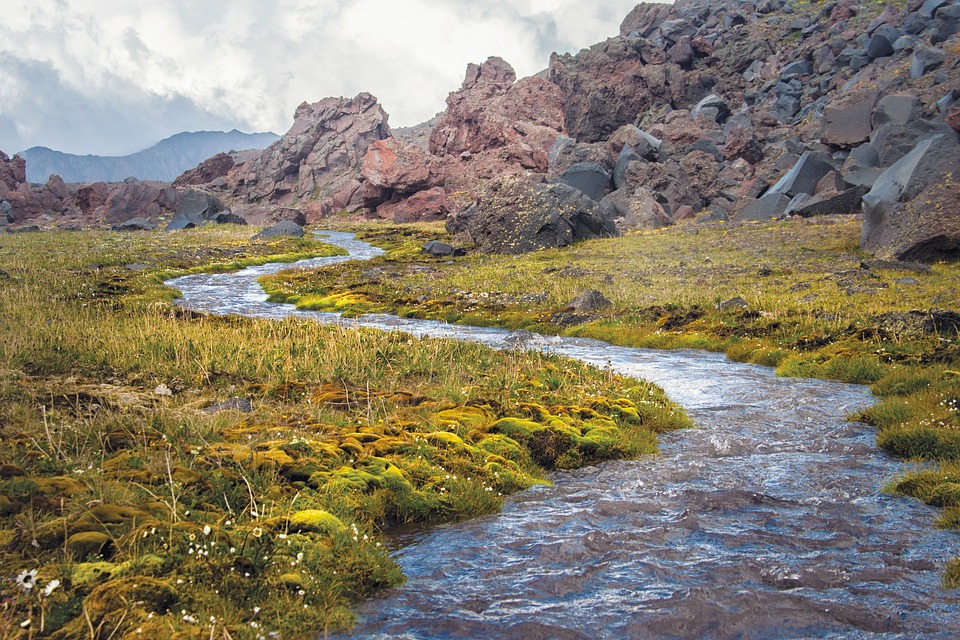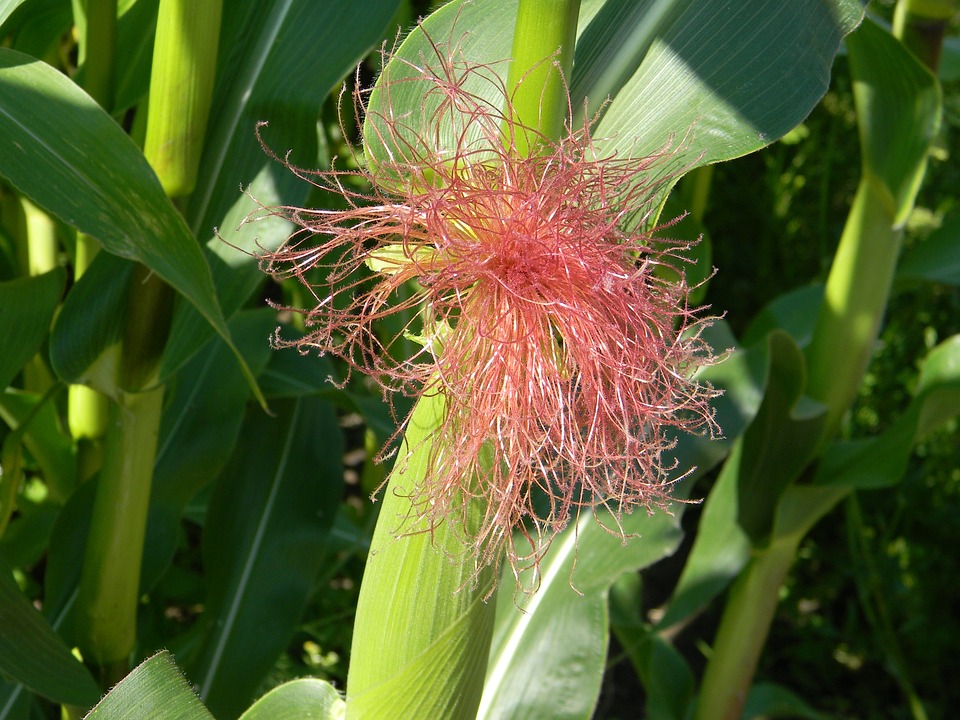10 Sustainable Travel Tips to Reduce Your Environmental Impact
As someone who is passionate about sustainable travel and tourism, I’ve had the opportunity to explore various destinations while minimizing my environmental impact. Sustainable travel is not only about protecting the planet but also about supporting local communities and preserving cultural heritage. It’s about making conscious choices that benefit the environment, society, and the economy. With that in mind, here are 10 sustainable travel tips to reduce your environmental impact and make your next adventure unforgettable. 1. Pack Light and Smart One of the easiest ways to reduce your environmental impact while traveling is by packing light and smart. The more weight a vehicle carries, the more fuel it consumes, leading to higher carbon emissions. By packing only the essentials, you can help decrease the carbon footprint of your journey. Additionally, opt for reusable and sustainable travel gear, such as a refillable water bottle, a solar-powered charger, and eco-friendly toiletries. 2. Choose Eco-Friendly Accommodation When it comes to sustainable travel, the choice of accommodation plays a significant role. Look for eco-friendly and green accommodations that prioritize energy conservation, waste reduction, and water-saving initiatives. Eco-friendly hotels, resorts, and lodges often implement practices such as recycling, composting, and using renewable energy sources, making them an environmentally conscious option for travelers. 3. Support Local and Sustainable Businesses While traveling, make an effort to support local and sustainable businesses, such as restaurants, markets, and tour operators. By choosing local products and services, you contribute to the economic development of the destination and reduce the carbon footprint associated with transportation and packaging. Moreover, supporting businesses that prioritize sustainable practices encourages others to follow suit, creating a ripple effect in the tourism industry. 4. Embrace Slow and Mindful Travel In a world filled with fast-paced travel experiences, embracing slow and mindful travel can be a game-changer for reducing your environmental impact. Rather than rushing from one attraction to another, take the time to immerse yourself in the local culture, engage with the community, and appreciate the natural beauty of the destination. Slow travel not only minimizes carbon emissions but also fosters a deeper connection with the places you visit. 5. Reduce Single-Use Plastics Single-use plastics, such as water bottles, plastic bags, and straws, are a major contributor to environmental pollution, especially in popular travel destinations. To reduce your environmental impact, carry a reusable water bottle and shopping bag, and say no to single-use plastics whenever possible. Many destinations and businesses are increasingly adopting plastic-free initiatives, making it easier for travelers to make sustainable choices. 6. Use Sustainable Transportation Choosing sustainable transportation options is another effective way to minimize your carbon footprint while traveling. Whenever possible, opt for public transportation, cycling, or walking to explore the destination. If you need to rent a vehicle, consider renting a hybrid or electric car. Additionally, some destinations offer eco-friendly transportation alternatives, such as electric tuk-tuks or solar-powered boats, providing a unique and sustainable way to get around. 7. Respect Wildlife and Natural Habitats Respecting wildlife and natural habitats is essential for sustainable travel. Avoid activities that exploit or harm animals, such as elephant riding, captive marine mammal experiences, and wildlife selfies. Instead, support ethical wildlife encounters and nature-based experiences that prioritize animal welfare and conservation efforts. By respecting wildlife and natural habitats, you contribute to the preservation of biodiversity and the protection of endangered species. 8. Minimize Your Energy Consumption Being mindful of your energy consumption while traveling can make a significant impact on reducing your environmental footprint. Turn off lights, air conditioning, and electronic devices when not in use, and conserve water by taking shorter showers and reusing towels. Additionally, consider staying at accommodations that use renewable energy sources, such as solar or wind power, to further reduce your energy impact. 9. Engage in Sustainable Activities and Tours When planning activities and tours during your travels, seek out sustainable and responsible options that promote environmental conservation and community involvement. Choose nature-based experiences, cultural immersion activities, and eco-friendly excursions that support local conservation projects and social enterprises. By participating in sustainable activities, you can contribute to positive change in the destinations you visit. 10. Leave No Trace Last but not least, practice the Leave No Trace principles to ensure that you leave the destination as beautiful and pristine as you found it. Pack out all your trash, avoid damaging natural or cultural resources, and be mindful of your impact on the environment. By leaving no trace, you set a positive example for others and help preserve the integrity of the destination for future generations to enjoy. Pro Tips: – Consider offsetting the carbon emissions of your travels by investing in reputable carbon offset programs that support renewable energy projects and reforestation initiatives. – Educate yourself about the local customs and traditions of the destinations you visit to ensure that your actions and choices are culturally respectful and appropriate. In conclusion, sustainable travel is about making conscious choices that benefit the environment, society, and the economy. By implementing these sustainable travel tips, you can reduce your environmental impact and contribute to a more sustainable and responsible tourism industry. Whether you’re exploring a remote natural paradise or a vibrant urban destination, making sustainable choices while traveling can make a world of difference. So, embrace the spirit of sustainable travel and embark on your next adventure with a positive impact in mind.










